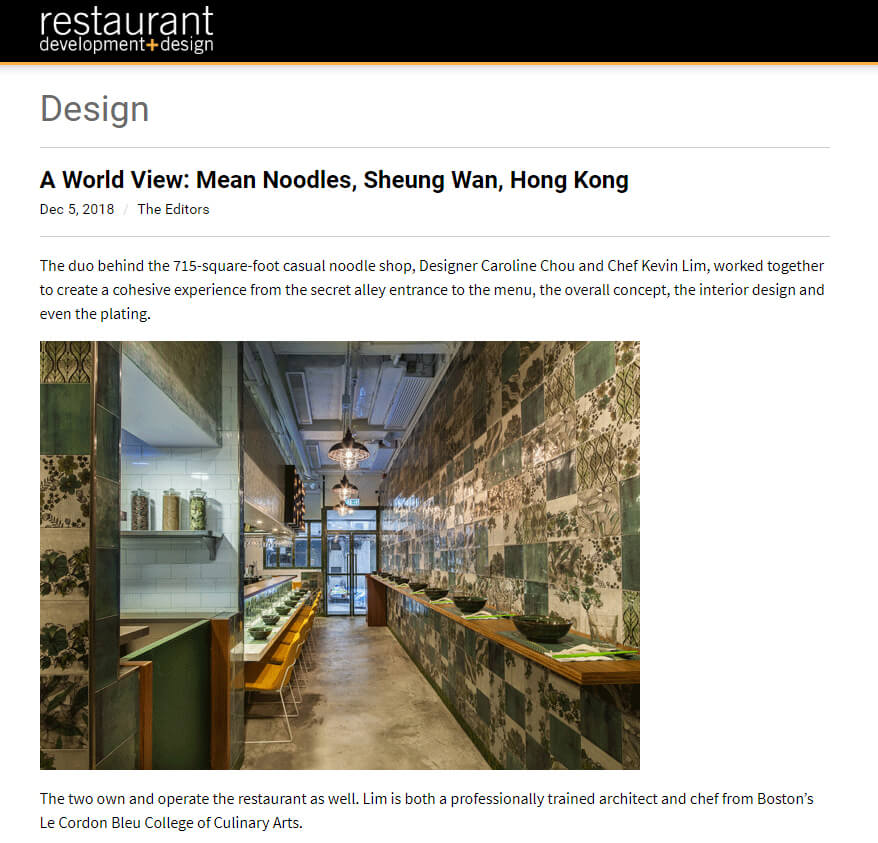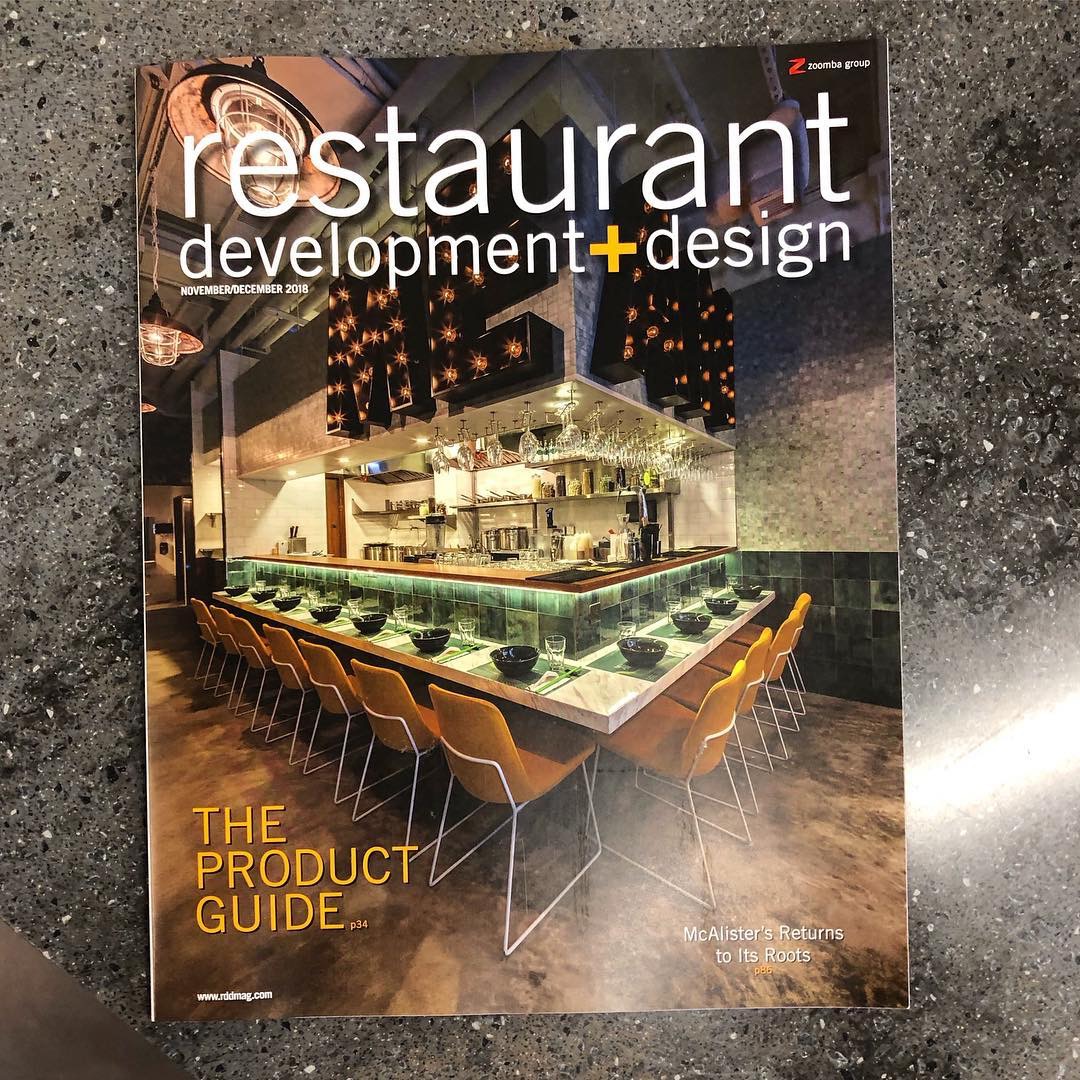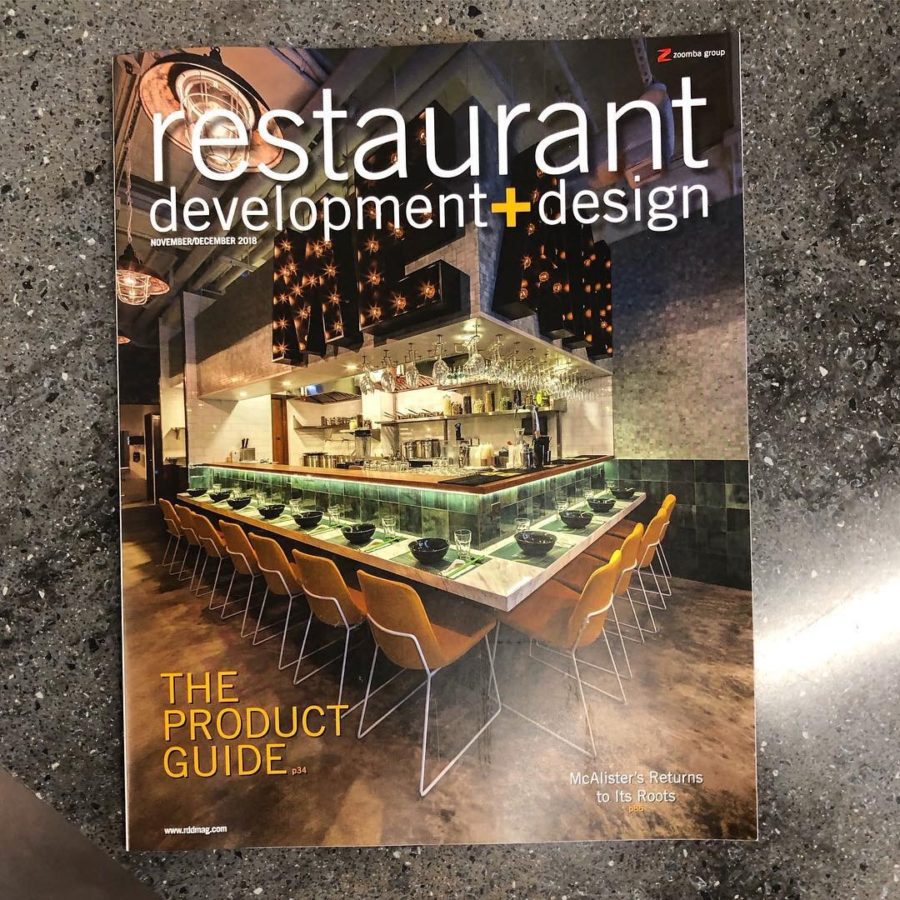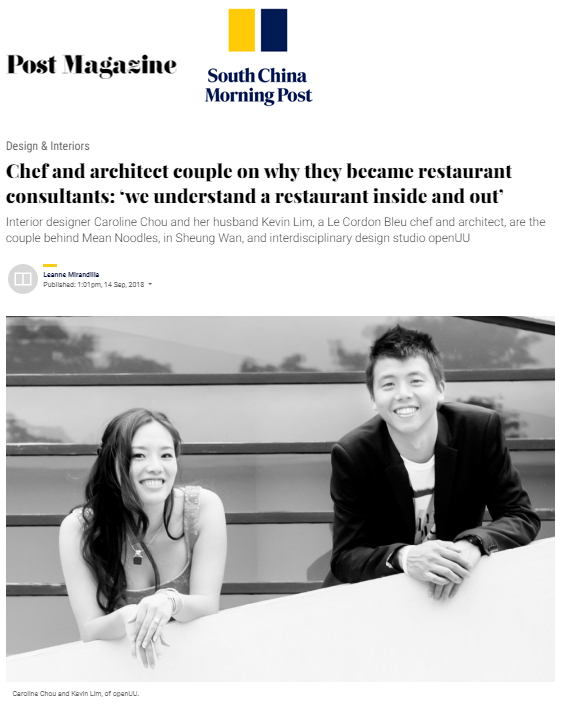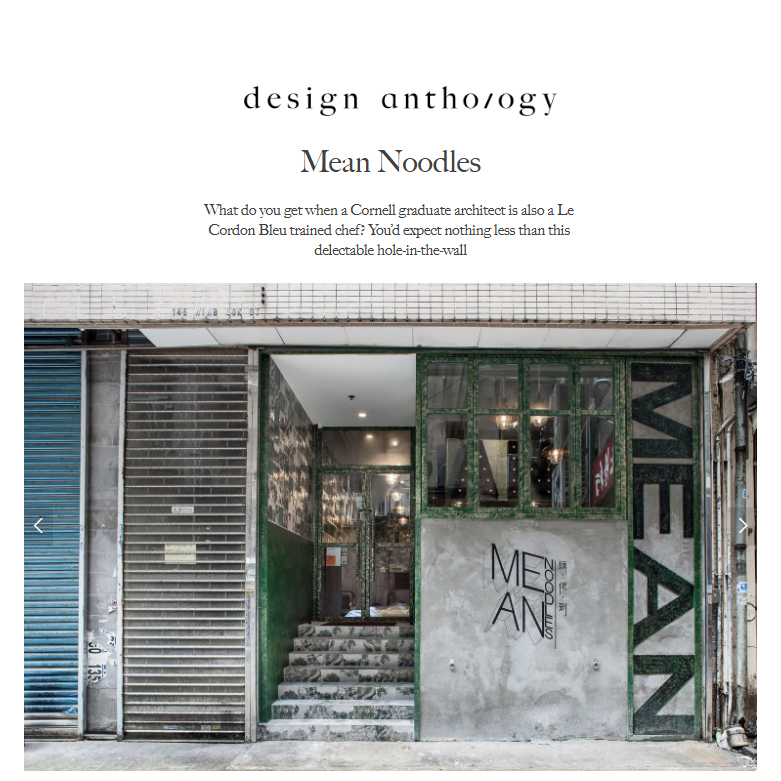Restaurant design and development is just as important as menu items and service when it comes to creating a winning restaurant. There are more than a few things that need to be considered when planning the layout of your actual restaurant including the overall look and feel you want to achieve with your interior design and how far apart you place all your furniture.
Planning a new restaurant business is no joke. But even if you already own a restaurant or food establishment and want to get an update, this article will help you to design the perfect restaurant layout.
Know Your Restaurant Style
Before you start shopping for furniture, you need to determine what type of restaurant you want to open. There are several types of restaurants out there. For example:
- Casual Dining Restaurants: These restaurants offer casual dining experiences at affordable prices, where guests can enjoy their meals at their own pace.
- Fast Food Restaurants: Fast food restaurants are perfect for those who want something quick and easy on their lunch breaks or when they only have a short amount of time to spare before heading back to work.
- Fine Dining Restaurants: Fine dining restaurants provide a more sophisticated ambiance and an upscale experience that requires reservations ahead of time.
Choose The Right Chairs and Tables for Your Restaurant
The first thing that you should think about when choosing chairs and tables is what type of establishment you have. For example, if you are going to have an upscale steak house, then it would make sense for you to purchase expensive chairs and tables so that they match the atmosphere of your restaurant. On the other hand, if you own a casual burger joint, then it would be better for you to go with more affordable options like plastic chairs or benches instead.
Restaurant Layout Design
When designing your restaurant layout, keep in mind that there are several different things that can make your customers uncomfortable. This includes:
Seating arrangements
If you have too many tables or chairs in one area, people may feel crowded, which makes them more likely to leave quickly.
Temperature
The temperature of your restaurant should be warm enough so that people don’t have to wear heavy clothing or sweaters to stay warm.
Lighting levels
Too much light can make people feel uncomfortable, especially if it is glaring or bright enough for them to see themselves clearly. It also causes eye strain if it is too bright for long periods of time.
Sound levels
Music can either make a person feel relaxed or agitated depending on how loud it is and what kind of music it is playing (elevator music doesn’t usually help). Noises like footsteps going up and down stairs or loud voices can also make people feel uncomfortable because they don’t know where they’re coming from.
Equipment
Refrigeration and freezer units
Refrigeration units come in various sizes and designs. The most common type of restaurant refrigerator is the upright model, which can fit anywhere from five to 100 cubic feet of food at one time. If you don’t have much storage space, consider using a countertop refrigerator or freezer instead of an upright model. These are smaller and easier to clean.
Freezers range from under-counter models that store up to 40 pounds of ice cream at once to walk-in freezers that can hold hundreds of pounds of frozen meat and vegetables at once.
Dishwasher
The dishwasher should be installed on a wall or island that has enough room for it and its plumbing connections. You may need to consider adding additional plumbing lines if you don’t have enough room for your dishwasher in your kitchen area.
The dishwasher should be placed at the back of the kitchen, as far away from customers as possible. This will keep noise levels down and reduce the chances of food contamination. It is also important that the dishwasher is in a place that is easily accessible by staff members.
Ovens
There are many different types of ovens available for restaurants, such as wood-fired pizza ovens, convection ovens, steam ovens, and griddles. The right type depends on your menu items as well as how often they change.
For example, if you’re making pizzas every day, then a wood-fired pizza oven would be ideal since it heats up quickly and cooks pizzas evenly throughout the entire process.
Tableware and utensils
It’s important that your customers feel comfortable when they’re eating at your restaurant — especially if they’re out on a date or a special occasion with family. Your table settings should reflect this philosophy by showcasing both elegance and functionality.
For example, having just one fork on each table can make it seem as if there aren’t enough forks available for everyone who wants one. Instead, provide each person with at least two utensils (fork/knife/spoon). This way, nobody has to fight over who gets to use them first!
Contact Us to Kickstart Your Restaurant Development and Design Ideas
Our team of experts at OPENUU has helped many individuals and corporations get through the restaurant development and design process.
Feel free to contact us if you have any questions about the services we offer or your project.
We would love to assist you in bringing your dream restaurant to life!

